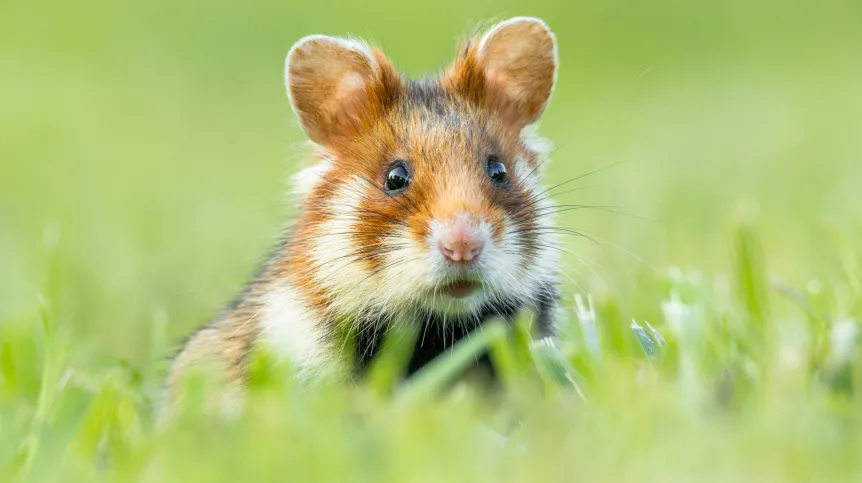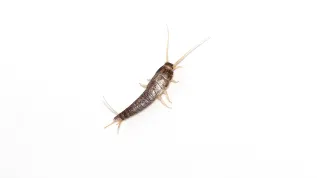
The European hamster, the only critically endangered mammal species in Poland, may become extinct within the next 25 years throughout its entire Eurasian range, scientists warn.
Joanna Ziomek, PhD, a professor at the Faculty of Biology of the Adam Mickiewicz University in Poznań, reports that the range of the European hamster in Poland has decreased by as much as 75 percent compared to the 1980s.
'All studies show that if we do not introduce protective measures for this species, it will become extinct between 2038 and 2050 throughout its entire Eurasian range', she says.
Previously, hamsters were killed by humans because it is a species that lives in agricultural fields. The problem now is the diet these animals are forced to eat.
'There are only cereals in the fields, which reduces the reproductive potential of European hamsters. The ecosystem should be richer. Plants are needed from which the hamster can obtain protein; wild plants from which it can draw vitamins and minerals. Only a varied diet has a positive effect on condition, which of course is also related to sexual condition', the scientist says.
Ziomek explains that the hamster is treated as an indicator of the condition of our ecosystems; its disappearance indicates a broader crisis that also affects other species associated with the agricultural landscape.
'It is an umbrella species, which means that protecting the European hamster and its habitat will also protect other species, both plants and animals living in a given environment', she says.
According to scientists, European hamsters can be helped by educating, talking about the species and its situation, but also showing its valuable role in the web of life.
In areas where it occurs, for example in the Lublin Upland, road signs have been placed: Warning, hamsters. The allies of the European hamster are enthusiasts: scientists, non-governmental organizations, private individuals involved in spreading knowledge about the endangered species, promoting it and studying it. (PAP)
rpo/ aszw/













